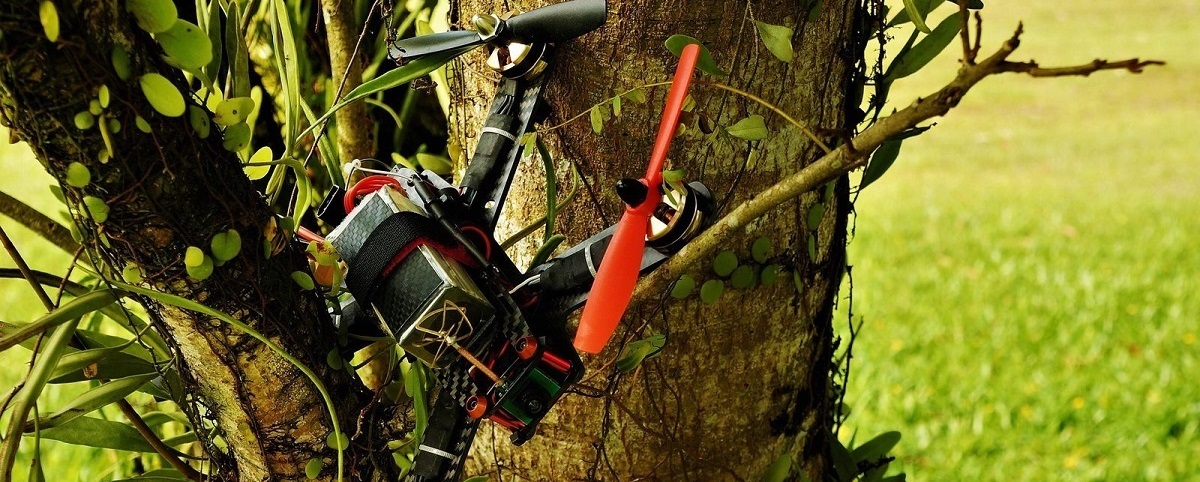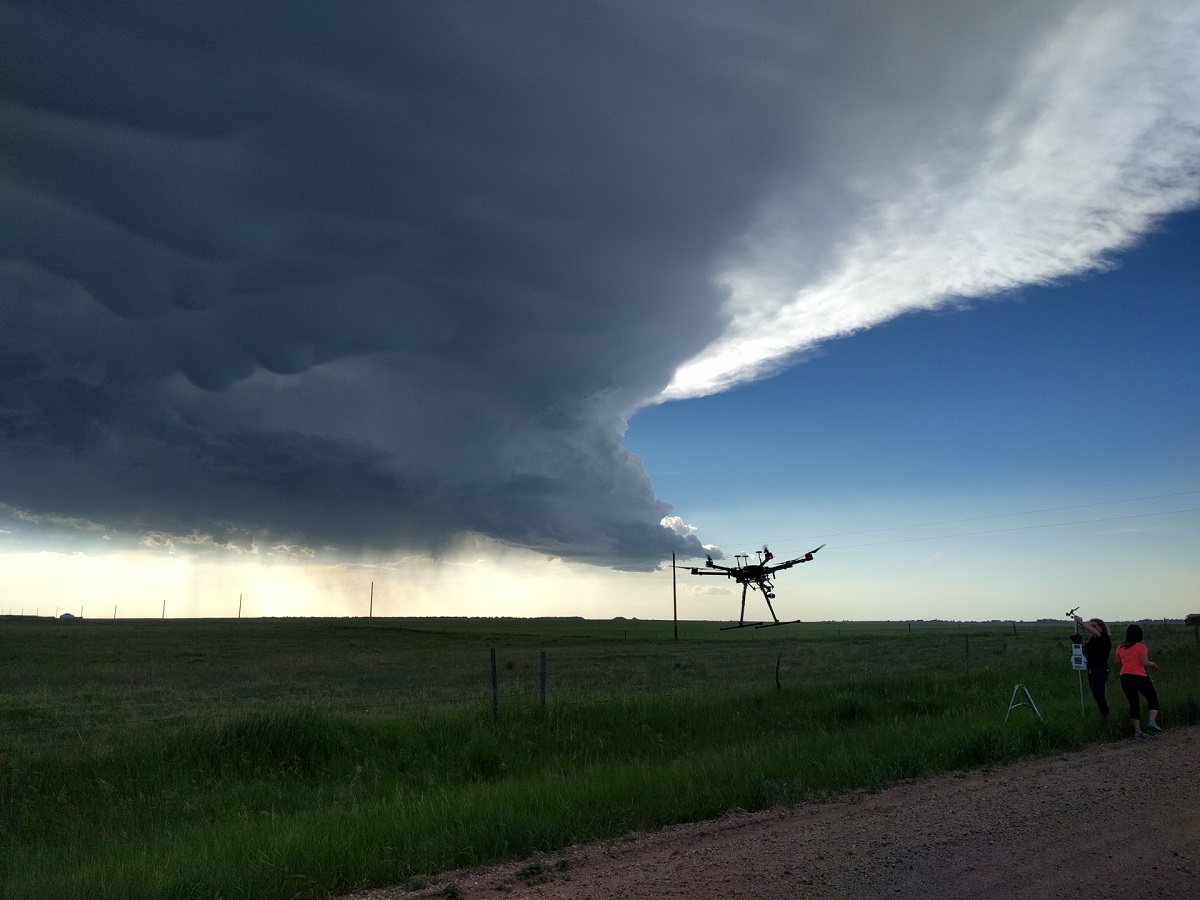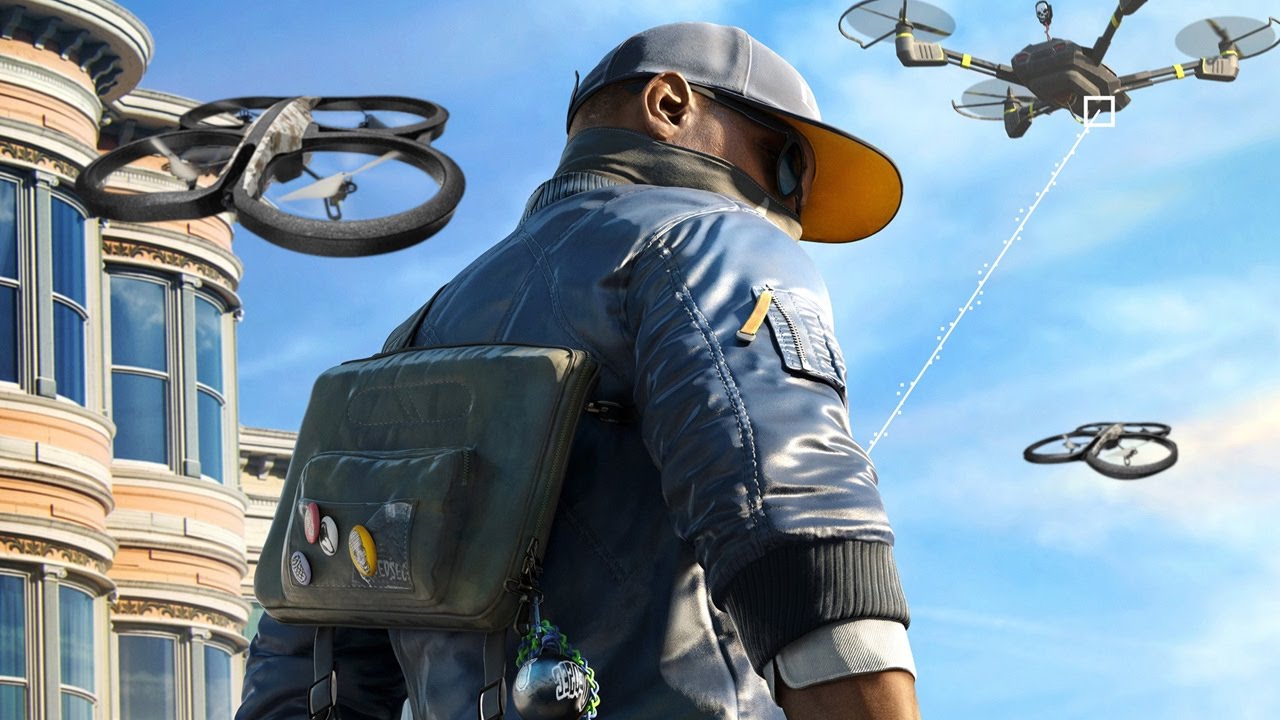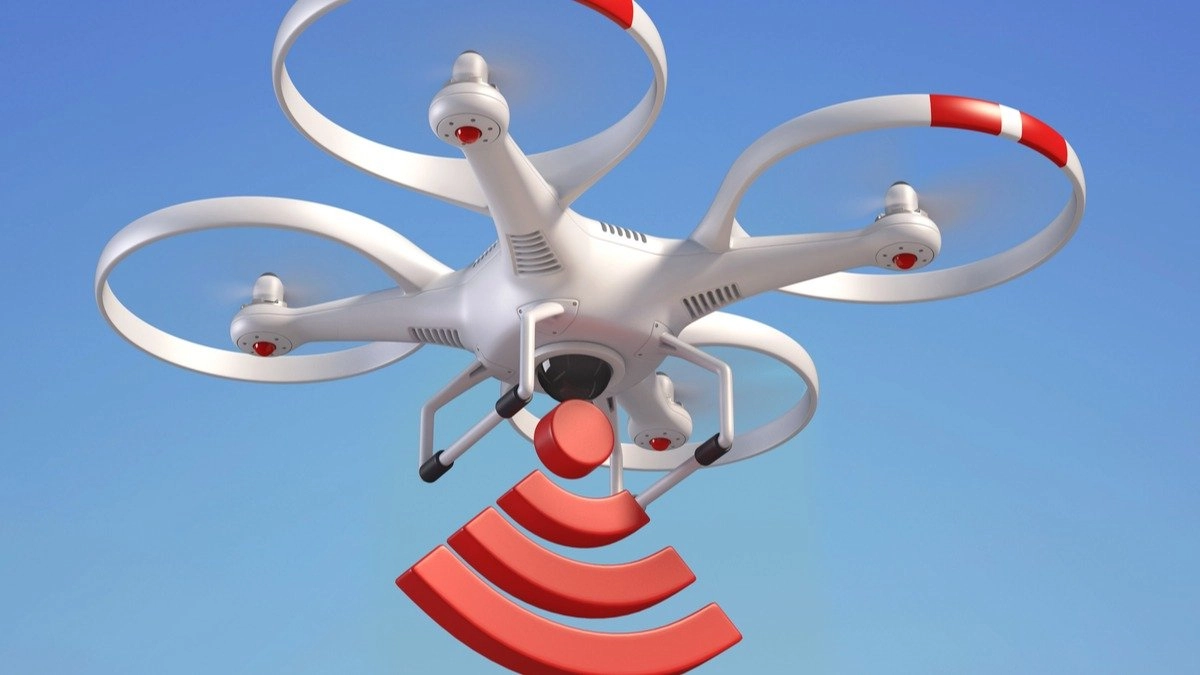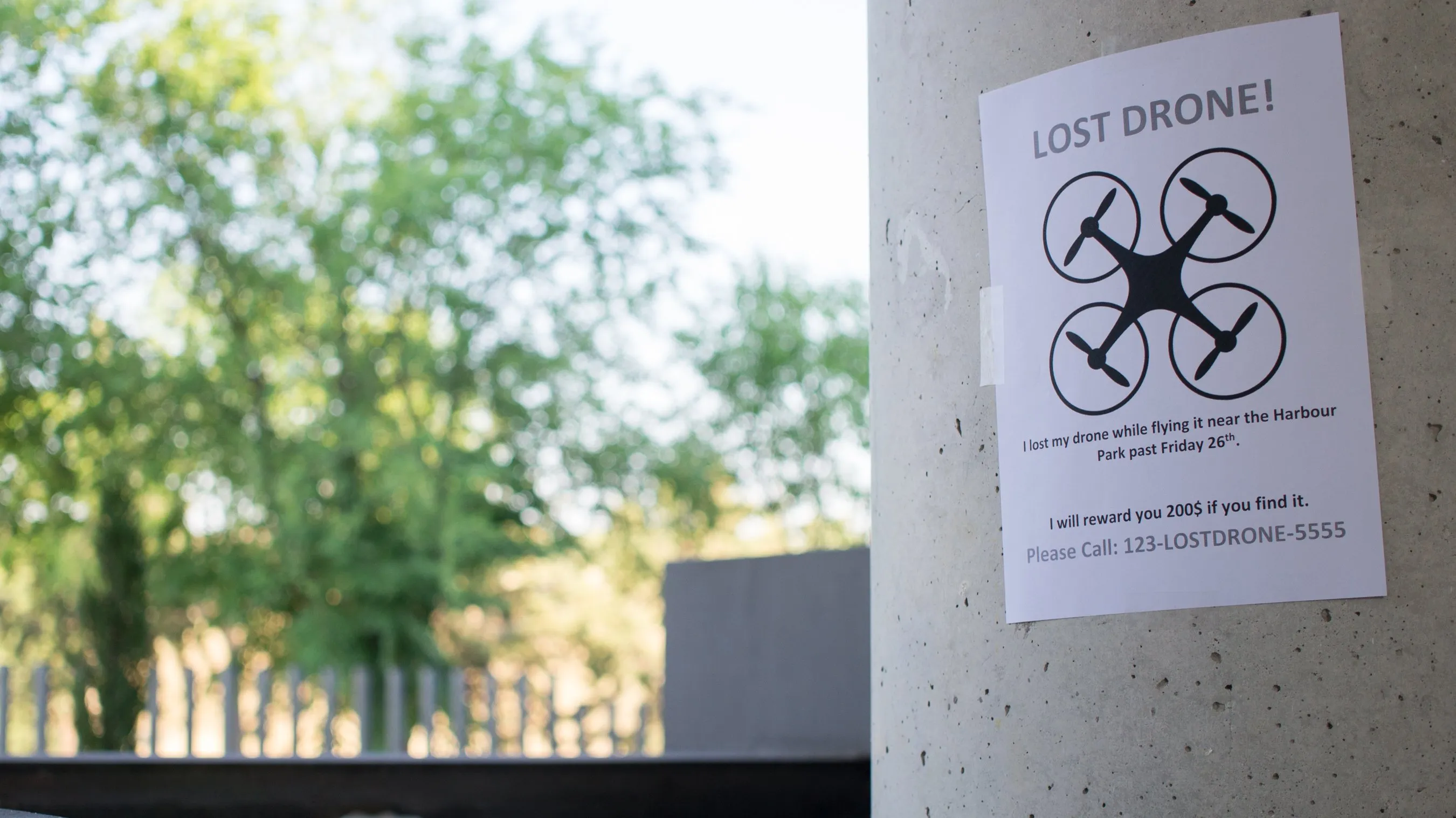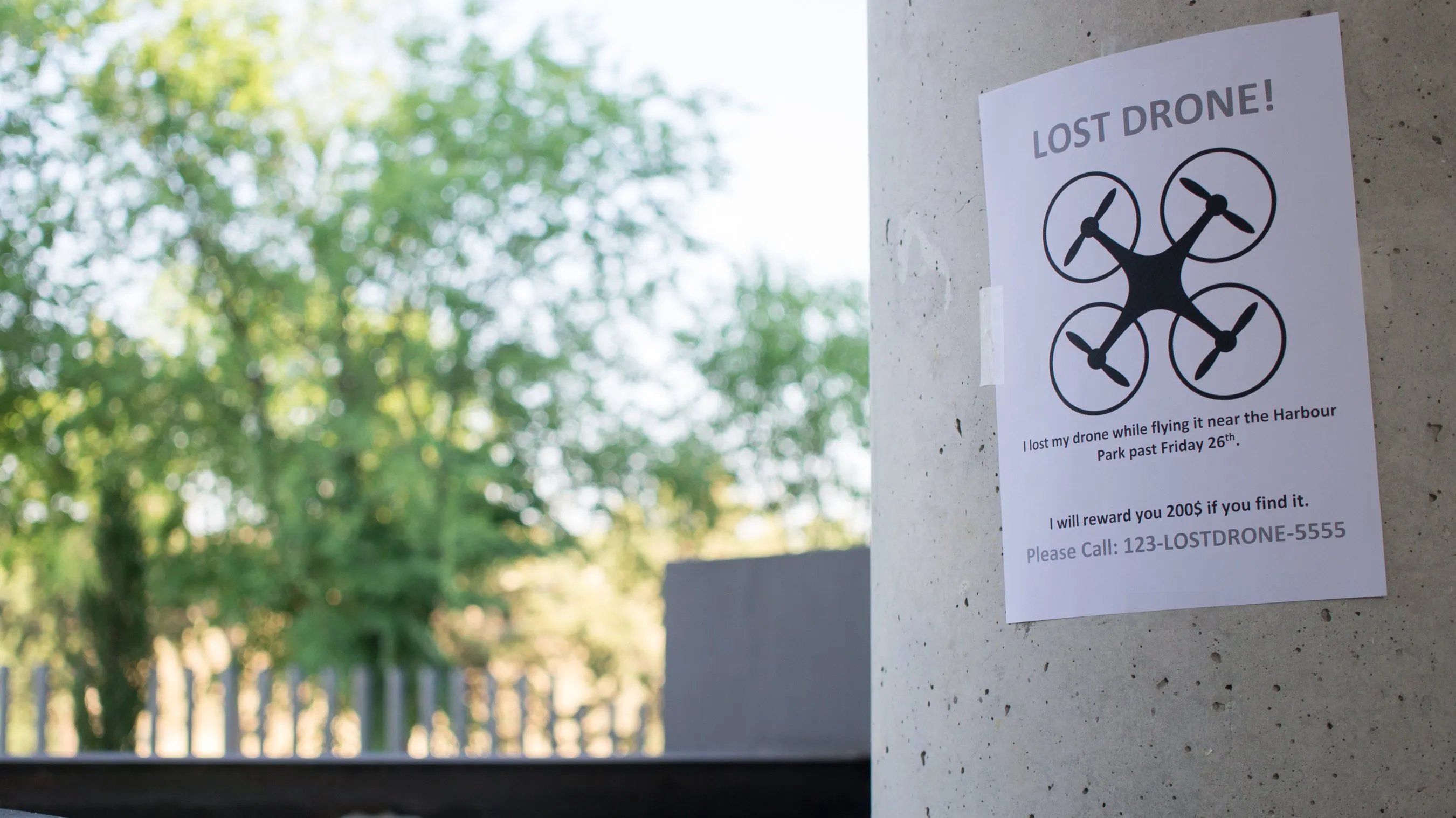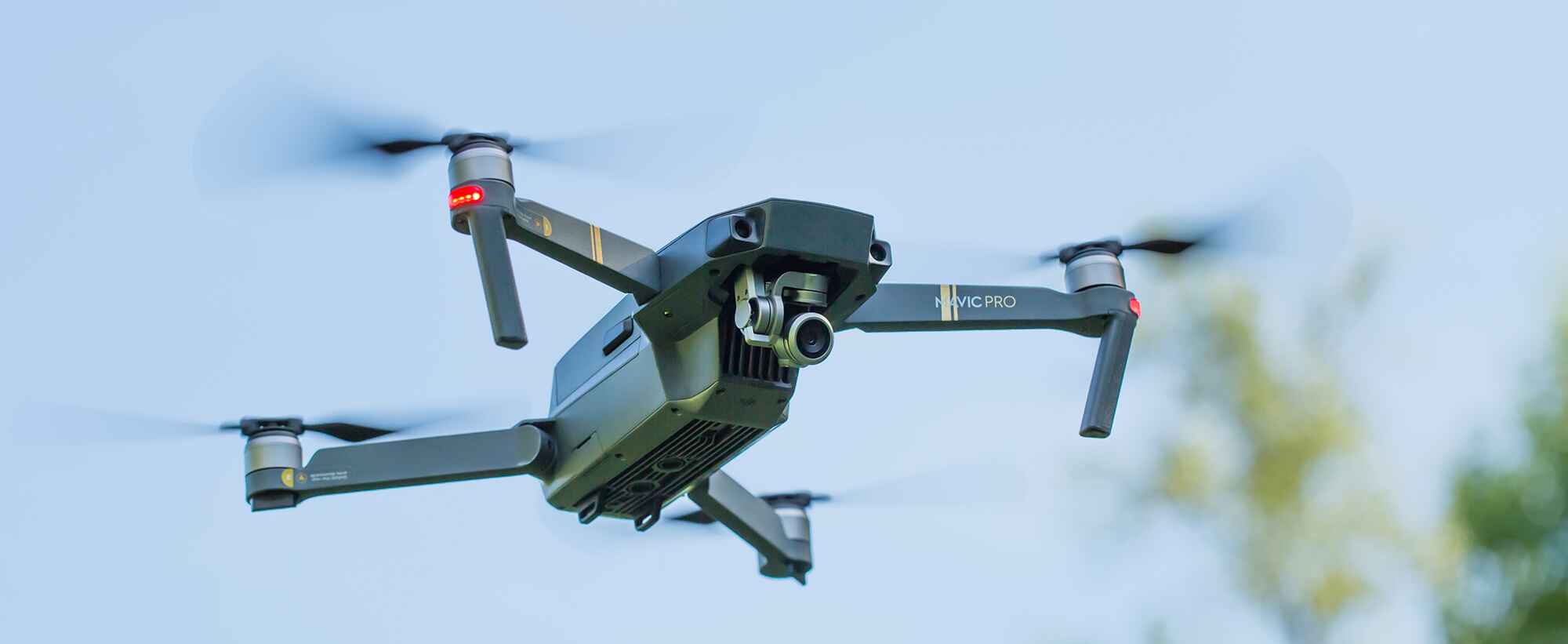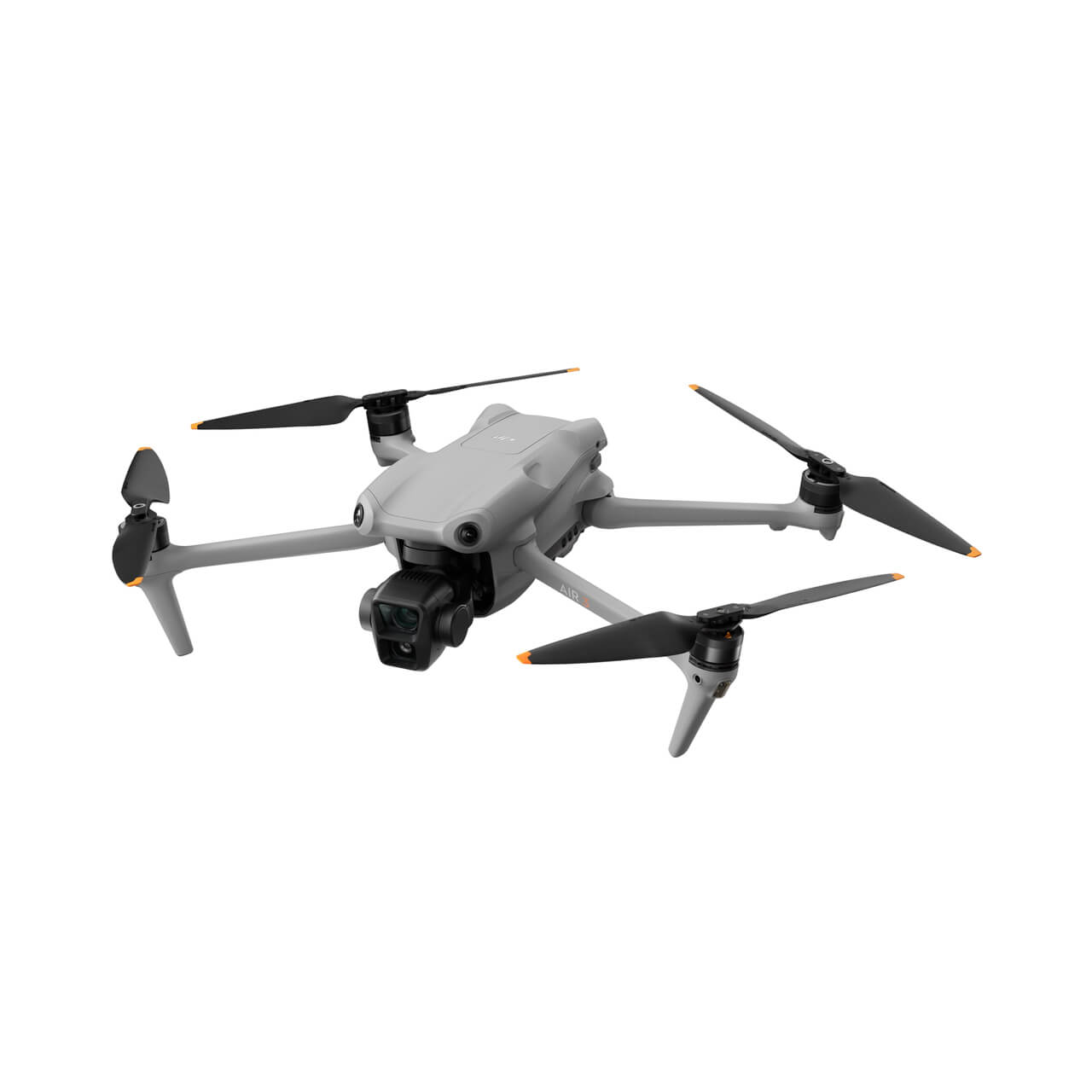Introduction
Have you ever found yourself in the frustrating situation of having a drone stuck in a tree? It can be a nerve-wracking experience, especially if it’s an expensive drone or one that you rely on for work or hobby purposes. However, fear not, as there are solutions to safely retrieve your drone without causing any further damage.
In this article, we will guide you through the step-by-step process of getting a drone out of a tree. Whether you’re a seasoned drone enthusiast or a beginner, these methods can help you recover your drone. It’s important to approach the situation calmly and with caution to ensure the safety of yourself and others.
Before we dive into the various methods, it’s crucial to assess the situation. Take a moment to evaluate the height and stability of the tree, as well as any potential obstacles in your path. This will help you determine the most suitable method for retrieving your drone.
Additionally, gather the necessary tools before attempting to retrieve the drone. These could include a long pole or stick, a ladder, a rope, or even professional assistance if needed. Having the right tools on hand will streamline the process and increase your chances of a successful drone rescue.
Remember, safety should always be your top priority. If the drone is lodged in a dangerously high or precarious location, it’s advisable to seek professional help. Now, let’s explore the various methods you can use to get your drone out of a tree without causing any further damage.
Assess the Situation
Before you begin any drone retrieval attempt, it’s crucial to assess the situation carefully. This step is vital for your safety as well as the potential success of recovering your drone.
Start by evaluating the height of the tree. If the tree is too tall or unstable, attempting to climb it yourself could pose a significant safety risk. In such cases, it’s recommended to call a professional arborist who has the proper tools and experience to safely retrieve your drone.
Next, assess the location of the drone within the tree. Take note of any branches or obstacles that may be blocking your direct access to the drone. This will help you determine the best approach for retrieval.
Consider the weather conditions as well. If there are strong winds, heavy rain, or lightning, it’s best to postpone any retrieval attempts until the weather improves. Inclement weather can increase the risk of accidents and make the situation more challenging.
Another aspect to consider is the overall stability of the tree. If the tree looks dead or rotted, it may not be safe to attempt retrieval at all. In such cases, it’s best to consult with a professional who can assess the health of the tree and provide guidance on the best course of action.
Lastly, assess the surrounding area for any potential hazards. Look for power lines, bodies of water, or busy roads that could pose additional risks during the drone retrieval process. Taking note of these hazards will help you plan your approach and ensure the safety of yourself and others.
By thoroughly assessing the situation and considering these factors, you’ll be better equipped to make an informed decision on the best approach for retrieving your drone. Remember, safety should always be your top priority throughout the process.
Gather the Necessary Tools
Before attempting to retrieve your drone from a tree, it’s essential to gather the necessary tools. Having the right equipment on hand will not only make the process easier but also increase your chances of a successful rescue.
One of the most common tools used for drone retrieval is a long pole or stick. This can be a telescoping pole, a broom handle, or any other sturdy object that can reach the height of the drone. Attachments such as a hook, suction cup, or even duct tape can help in grasping or dislodging the drone from the tree branches.
Another tool that may come in handy is a rope or lasso. If the drone is positioned in a way that makes it difficult to reach with a pole, you can try throwing a rope or lasso over the branch where it is entangled. This method allows you to pull the branch down and release the drone.
In some situations, a ladder may be necessary to gain better access to the drone. Ensure the ladder is stable and secure before climbing up. If the tree is too tall, consider using an extension ladder or seek professional assistance.
Additionally, you might need a protective case or blanket to safely catch the drone once it is dislodged. This will prevent any damage from a potential fall, ensuring that your drone remains intact.
Remember to wear appropriate safety gear such as gloves and protective eyewear when attempting to retrieve your drone. This will minimize the risk of injury and ensure your safety throughout the process.
If you’re unsure about which tools to use or need additional guidance, consider reaching out to drone forums or communities. They can provide valuable advice based on their own experiences and help you make an informed decision.
By gathering the necessary tools beforehand, you’ll be ready to tackle the drone retrieval process with confidence and increase your chances of a successful rescue.
Use a Long Pole or Stick to Reach the Drone
Using a long pole or stick is one of the most common methods for retrieving a drone stuck in a tree. This method is effective when the drone is within reach and not in a high or dangerous location.
Start by attaching a hook, suction cup, or duct tape to the end of the pole. This will provide a surface to grab or dislodge the drone from the tree branches. Ensure that the attachment is secure and can withstand the weight of the drone.
Carefully position yourself beneath the drone and extend the pole vertically toward it. Take your time, as rushing can lead to unintended consequences or further entanglement.
Once the pole is close to the drone, try to hook it or use the suction cup to grip a sturdy part of the drone, such as a landing gear or propeller. Slowly and gently maneuver the pole to dislodge the drone from the branches that are trapping it.
If the drone is entangled tightly and cannot be easily removed, consider using a twisting or rotating motion with the pole. This can help loosen the grip of the branches and make it easier to free the drone.
Once the drone is detached from the tree, lower the pole slowly and carefully, ensuring that the drone remains secure. Have a protective case or blanket ready to catch the drone as it comes down to prevent any damage or impact.
Remember, patience and a steady hand are key when using a long pole or stick to retrieve your drone. Take breaks if needed, and always prioritize safety. If the drone is too high or difficult to reach using this method, consider alternative options such as throwing a rope or lasso over the branch or using a ladder.
By utilizing a long pole or stick, you can increase your chances of successfully rescuing your drone from a tree without causing any further damage.
Throw a Rope or Lasso Over the Branch
If your drone is positioned in a way that makes it difficult to reach with a long pole or stick, throwing a rope or lasso over the branch can provide an alternate method of retrieval. This technique can be effective when the drone is entangled high up in the tree.
To begin, gather a rope or lasso that is long enough to reach the height of the drone from the ground. Ensure that the rope is sturdy and can handle the weight of the drone without snapping or breaking.
Take one end of the rope and form a lasso by creating a loop. Hold onto the remaining length of the rope, leaving enough slack to throw it over the branch where the drone is trapped.
Before throwing the lasso, position yourself at a safe distance from the tree, allowing enough clearance for the rope to travel over the branch without obstruction. Make sure there are no obstacles or hazards in your path.
Now, with a smooth and controlled motion, swing the lasso overhead and release it towards the branch. Aim to have the loop of the lasso land over the branch, ideally where the drone is caught. This may require a few attempts to get it right.
Once the lasso is securely looped over the branch, pull on the rope end to tighten it around the branch. The tension should be enough to dislodge the drone and bring it down.
If the drone does not come down immediately, you can try gently shaking the rope or using a tugging motion to help loosen it from the branches. Be patient and persistent but avoid excessive force that could damage the drone or the tree.
Once the drone is freed from the tree, carefully lower the rope while maintaining a firm grip on it. Have a protective case or blanket ready to catch the drone as it descends.
Remember, throwing a rope or lasso requires practice and precision. Take the necessary precautions to ensure your safety and the safety of others in the vicinity. If this method proves unsuccessful, consider other options such as using a ladder or seeking professional assistance.
By throwing a rope or lasso over the branch, you can increase your chances of retrieving your drone from a high or challenging position in the tree.
Use a Ladder to Access the Drone
If your drone is situated in a tree that is within reach but still too high to retrieve using a long pole or stick, using a ladder can provide a safe and effective solution. This method allows you to access the drone directly, making it easier to dislodge and retrieve.
Start by selecting a ladder that is tall enough to reach the height of the drone. Ensure that the ladder is stable, with all feet placed securely on the ground. It’s advisable to have someone hold the ladder for added stability and safety.
Position the ladder near the tree, ensuring that it is at a safe distance and angle for climbing. Take into consideration any obstacles or hazards in the surrounding area.
Climb the ladder carefully, maintaining three points of contact at all times. Ascend slowly and steadily, making sure each step is secure before moving your weight onto it.
Once you are at a suitable height, use caution and balance to reach out towards the branch where the drone is entangled. It may be helpful to have an additional tool such as a long pole or stick to assist in dislodging the drone.
Depending on the position of the drone, you can try gently shaking the branch or using the pole to nudge it free. Be patient and take your time to ensure a safe retrieval.
If the drone is stuck tightly and cannot be easily dislodged, you may need to carefully climb onto the branch to free it. However, exercise extreme caution and evaluate the risks involved. If the branch seems unstable or there is a risk of falling, it is best to contact a professional for assistance.
Once the drone is successfully dislodged, carefully climb down the ladder while holding the drone securely. Have a protective case or blanket ready to catch the drone as you lower it to the ground.
Remember to prioritize safety throughout the process. If at any point you feel unsafe or unsure, it’s better to stop and seek professional help. Using a ladder can provide a direct approach to retrieving your drone, but it is essential to use it cautiously and with proper precautions.
By using a ladder, you can access the drone directly and increase your chances of safely recovering it from the tree.
Call for Professional Help if Necessary
In certain situations, retrieving a drone from a tree may prove to be too challenging, dangerous, or beyond your capabilities. When faced with such circumstances, it’s important to prioritize safety and seek professional help.
If the tree is exceptionally tall or unstable, attempting to climb the tree or use a ladder can pose significant risks. In these cases, it is advisable to contact a professional arborist or tree service. These experts have the necessary equipment, knowledge, and experience to safely retrieve the drone while minimizing damage to the tree.
Professional drone and aerial services companies may also offer retrieval services. Their skilled pilots are equipped with specialized tools and techniques to safely recover drones from various challenging situations. It’s worth reaching out to these professionals to inquire about their services and discuss your specific needs.
While calling for professional help may come with a cost, it ensures the safety of both you and the tree. Attempting to access the drone without proper training or equipment can result in accidents, injuries, or damage to the tree and may ultimately be more costly in the long run.
Remember, professional help is not limited to just drone retrieval. They can also offer valuable advice and guidance on preventive measures to avoid future incidents. They may suggest adjusting flying techniques, using GPS tracking devices, or providing tips on selecting drone-friendly flying locations.
If you find yourself in a situation where you’re unable to retrieve your drone safely or effectively, don’t hesitate to reach out for professional assistance. They have the expertise to handle challenging situations and can help ensure a successful and damage-free retrieval.
Always remember, safety should be the top priority, and seeking professional help is a responsible choice when necessary.
Preventive Measures to Avoid Future Incidents
Once you’ve successfully retrieved your drone from a tree, it’s important to take preventive measures to avoid similar incidents in the future. By implementing these measures, you can minimize the risk of getting your drone stuck in a tree and ensure a more enjoyable and stress-free flying experience.
Firstly, familiarize yourself with the area where you plan to fly your drone. Take note of any potential hazards such as tall trees, power lines, or other obstacles that could pose a risk to your drone. Avoid flying in areas with dense vegetation or limited space, as these can increase the likelihood of your drone becoming entangled.
Before taking off, carefully inspect the surroundings for any low-hanging branches or potential entanglement points. Assess the height and stability of nearby trees to prevent accidental crashes or entrapment.
Consider using a pre-flight checklist to ensure that your drone and equipment are in proper working order before each flight. This includes checking the battery life, propellers, and overall condition of the drone. Performing regular maintenance and inspections can help identify any potential issues that could lead to accidents or mechanical failures.
Utilize technology to your advantage by utilizing GPS-enabled features on your drone. These features can help you establish a safe flight path and provide real-time feedback on the drone’s location and altitude, reducing the risk of unintentional collisions with trees or other obstacles.
Invest in a drone tracker or attach a GPS tracking device to your drone. These devices can help you locate your drone in case it gets lost or stuck in a tree. They provide peace of mind by allowing you to track the drone’s last known location and retrieve it easily.
Lastly, continuous practice and improvement of your piloting skills can significantly reduce the risk of accidents and drone entrapment. Take the time to study the user manual, practice flying in safe environments, and consider joining a local drone club or community where you can learn from experienced drone pilots.
By implementing these preventive measures, you can reduce the likelihood of future incidents involving your drone and ensure a safer and more enjoyable flying experience.
Conclusion
Getting a drone stuck in a tree can be a frustrating experience, but with the right approach and tools, you can safely retrieve your drone without causing any further damage. Throughout this article, we have explored various methods for drone retrieval, including using a long pole or stick, throwing a rope or lasso over the branch, using a ladder, and seeking professional help when necessary.
Assessing the situation, gathering the necessary tools, and approaching the retrieval process with caution are essential steps in ensuring a successful rescue. It’s crucial to prioritize safety at all times and to consider professional assistance when faced with challenging or dangerous situations.
Moreover, implementing preventive measures, such as familiarizing yourself with the flying area, conducting pre-flight checks, utilizing GPS-enabled features, and practicing your piloting skills, can help you avoid getting your drone stuck in trees in the future.
Remember, accidents happen, even to the most experienced drone pilots. It’s important to approach the situation calmly and problem solve accordingly. By utilizing the methods and techniques discussed in this article, you can increase your chances of retrieving your drone and continue enjoying the freedom and excitement of flying.
Always prioritize safety, be mindful of your surroundings, and seek professional help when needed. With the right approach and careful planning, you can safely rescue your drone from a tree and continue to experience the thrill of aerial photography, videography, and exploration.







